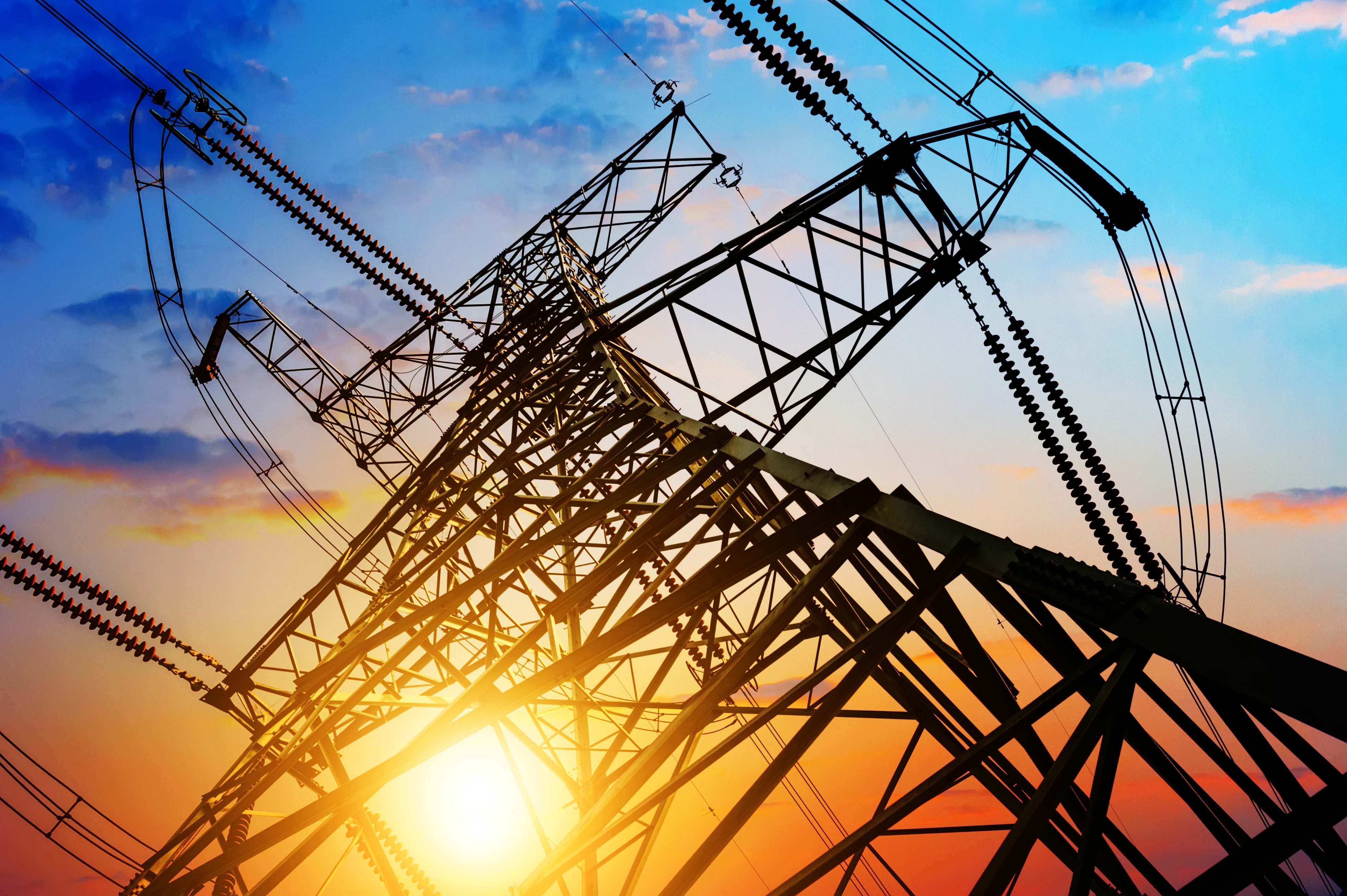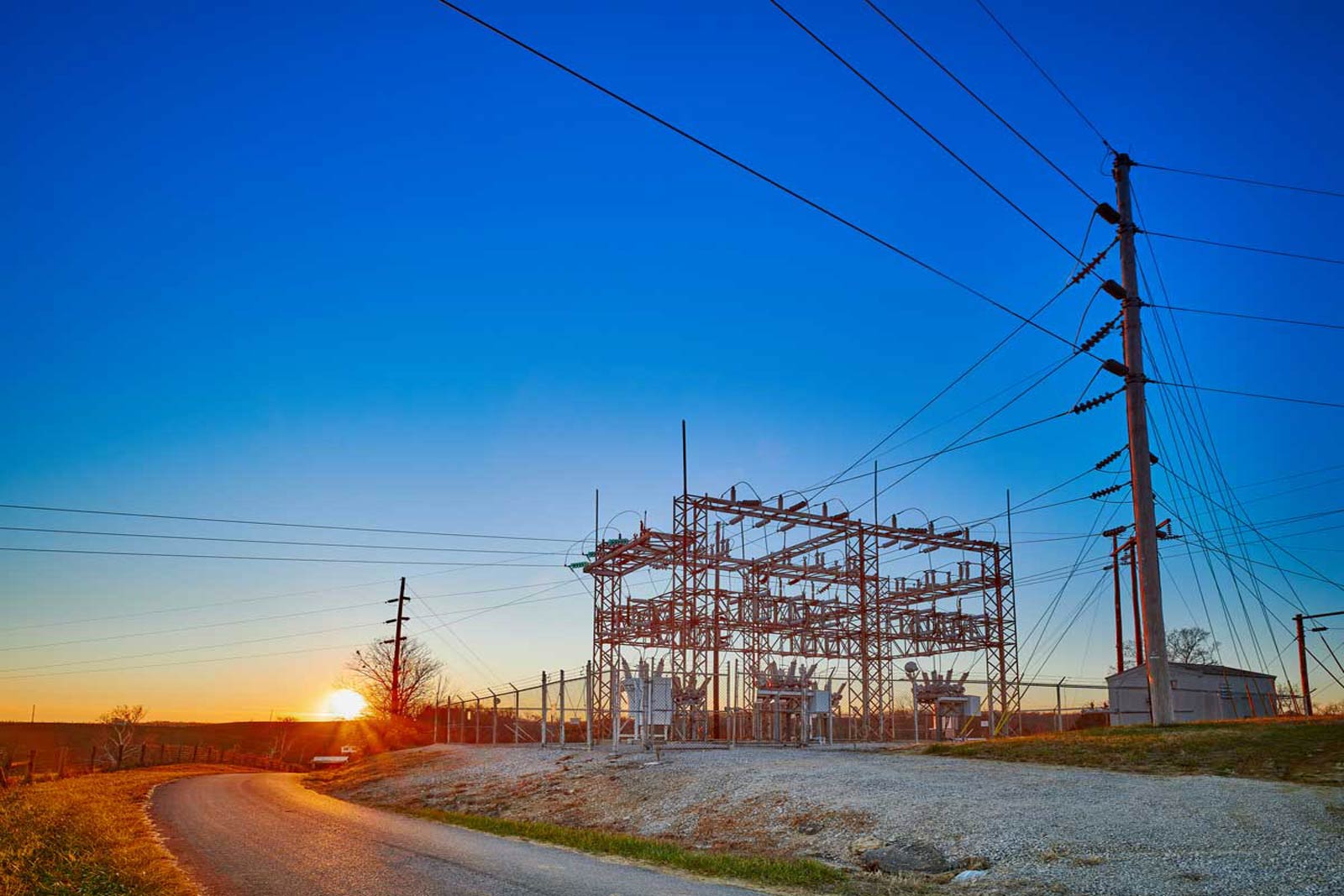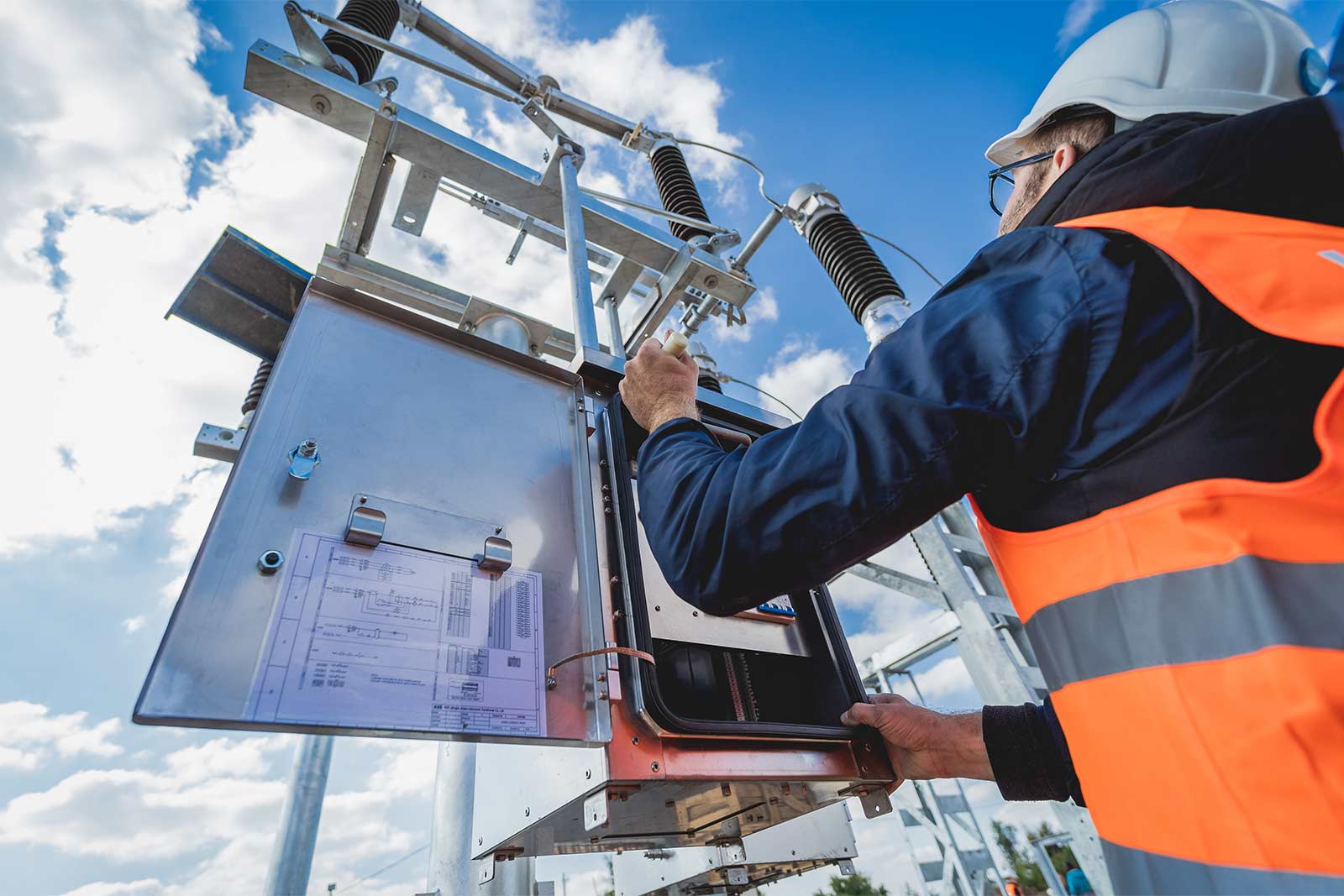In the fast-moving and rapidly evolving modern world, the efficient transmission of electrical power is essential for virtually every aspect of the way we live today. This power is brought into our homes, electrified transit systems, and workplaces via vast, intricate, and tremendously complex networks that enable the rapid and reliable transmission of electricity.
In today’s post, we will take a close look at one aspect of electrical power transmission: electrical control systems. How do they work, why are they important, and what do professionals need to know about their maintenance and upkeep?
What Is an Electrical Control System and What Is It Used For?
An electrical control system is an electrical circuit that consists of various electromechanical components and is used to control a mechanical process within a power transmission system.
Examples of applications for an electrical control system might include switching pumps on or off, opening or closing valves, and controlling lighting. They also help to monitor the status and position of systems and components such as these.
The control system receives an input and, based on that input signal, then takes an action.
What Are the Components of an Electrical Control System?
All electrical control systems are slightly different, but all are likely to contain many of the same basic components.
All electrical control systems will have inputs, varying from physical operator inputs such as a push button or touch screen to discrete input components such as a float switch, pressure switch, or door switch.
The electrical control system will also have corresponding outputs. These might include, for example, an electrically controlled relay switch. They might also include outputs that perform tasks such as turning on a light, setting off an alarm, or stopping a process.
Electrical control systems also contain numerous other electromechanical components including relays, timers, safety monitoring equipment (e.g., voltage monitors), power supplies, inbuilt redundancies such as a UPS or battery backup, and programmable logic controllers (PLCs). PLCs have the advantage of enhancing flexibility, allowing you to make changes without physically rewiring the system.
How Does an Electrical Control System Facilitate Power Transmission?
Electrical control systems help to automate various aspects of electrical power transmission. This might include the automation of an electromechanical process such as operating pumps, or it might involve time-based processes such as switching lights on during the day and off again at night.
Electrical controls also help to protect utility power transmission systems. For example, an electrical control system may sense an electrical surge and automatically open a breaker to prevent damage to the infrastructure.
Electrical control systems typically have many inbuilt redundancies. This means that in the event of a problem, they can take out that specific area of the transmission circuit without bringing down the entire network. They can act as an early warning system, monitoring current loads and voltages, identifying any problems, and taking action immediately when an issue is picked up. This, too, greatly enhances safety as well as reducing the risk of infrastructure damage.
Finally, electrical control systems can also enable different sources to be connected to the grid more quickly and easily when required.
Case Study: MAC Products Refrigeration and Cooling Plants
MAC’s forced cooling and circulation plants are used to cool cables in electrical power transmission systems, allowing more current to flow through these transmission lines. Their control systems are based on load and temperature, monitoring these aspects carefully to maximize efficiency and prevent damage.
For example, their inputs can identify when the system is heating up. The control system will then start a process of cooling the plant down and allowing more power to flow.
What You Need to Know About Maintaining Electrical Control Systems
As with any electrical or mechanical system or component, it is vital to test your electrical control systems regularly and ensure that they are operating at their best. Due to their nature, many of these systems are highly critical but do not operate very often. Annual or semiannual testing can ensure that they are still functioning correctly.
Bench testing is crucial to electrical control system maintenance and is primarily focused on relays. Testing teams might remove relays from the equipment and replace them with new ones that have been tested. They will then bench test the removed components thoroughly before returning them to the equipment.
PLCs require less maintenance, but their backup batteries will need replacing periodically. Many controllers make the mistake of ignoring this requirement, which can lead to a failure of the backup at a critical moment.
Finally, some electrical control systems—particularly those utilizing touch screens—may use software that will need to be updated periodically. It is also recommended to run antivirus updates from time to time for the purpose of maintaining cybersecurity.
Learn More
Here at MAC, we provide sophisticated electrical control systems within our pumping plants, heat exchanges, and cooling plants for high-pressure fluid-filled cable systems. We also provide controllers for other electrical applications. For example, our thermal products for railways contain control systems that turn the heaters on and off automatically.
If you would like to learn more about any aspect of what we have discussed in this post, or about how electrical control systems are utilized within MAC’s products, please contact us. A member of our team will be pleased to hear from you.






